Various types of surgical site infection (SSI) have been defined by CDC. Patient related factors Mnemonic: WASHING 1. Weight: Obesity (>20% of ideal body weight) 2. Antibiotic resistant skin flora: MRSA colonization 3. Advancing age 4. Smoking 5. HIV and other immune deficiency conditions 6. Infection coexisting at other sites…
Tag: Microbiology
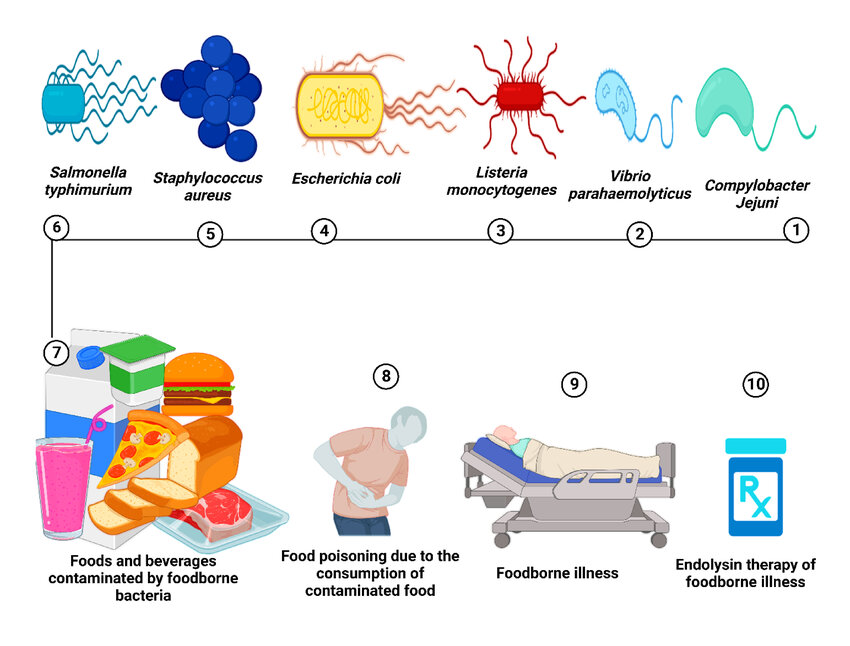
Bacterial Food Poisoning
Mnemonic: AB-BC-CES Bacteria Vomiting Diarrhea Fever Food source Duration 1-6 hrs (Preformed toxins) Aureus (S. aureus) +++ +/- +/- Meats, dairy, bakery 24-48 hrs B. Cereus +++ +/- – Reheated fried rice 24 hrs 8-16 hrs B. Cereus (diarrheal toxin) +/- +++ – Meats, stews, gravy 24-48 hrs C. Perfringes…
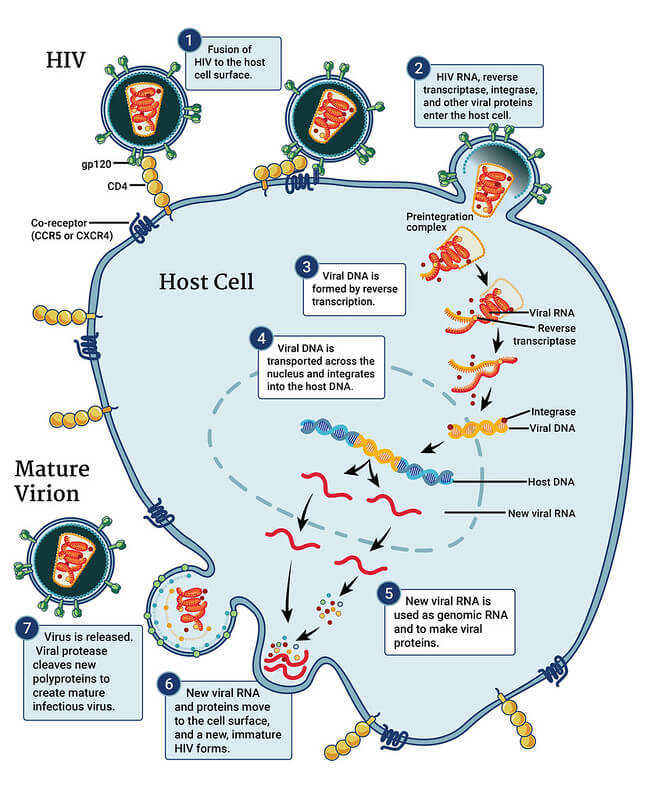
HIV Replication and Antiretroviral Drugs
HIV Replication and Antiretroviral Mechanism of Action Mnemonic: AFRITAB 1. Attachment (to CD4 cells) 2. Fusion (enters CD4 cells and dump it’s contents – RNA and reverse transcriptase) 3. Reverse transcription (1 strand RNA becomes 2 strand DNA) 4. Integration (HIV DNA integrates into human’s CD4 cell’s DNA) 5. Transcription…
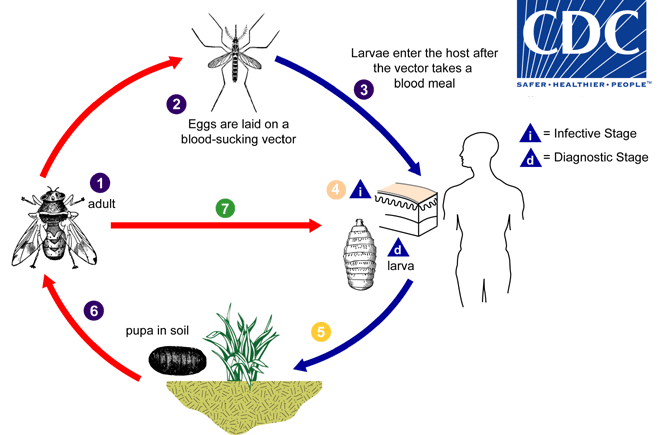
Wound Myiasis (Maggot Infestation)
Myiasis is defined as the infestation of live vertebrates (humans and/or animals) with dipterous larvae. The order Diptera is a large order of insects that are commonly known as true flies. Myiasis may be classified clinically into: Wound myiasis occurs when fly larvae infest open wounds of a mammalian host….

Maximum Normal ESR and CRP for age and gender
Age and gender plays should be taken into account when interpreting the values of ESR and CRP. The maximum ESR value is limited by the length of the Westergren tube (usually 120 mm), but the CRP has no upper limit. Miller formulae for calculating maximum normal ESR in Adults ESR…
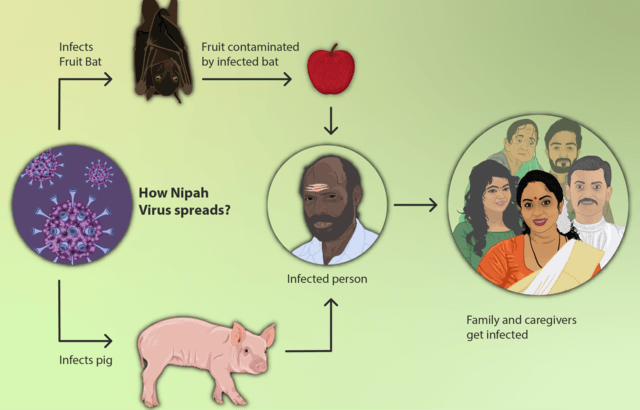
Nipah virus
Nipah virus is closely related to, but distinct from Hendra virus. Family: Paramyxoviridae Genus: Henipavirus History: A Nipah epidemic of viral encephalitis, complicated by respiratory failure, occurred in Malaysia in 1998 and 1999, causing 265 infections and 105 fatalities (93% had occupational exposure to pigs). An associated outbreak among abbatoir…
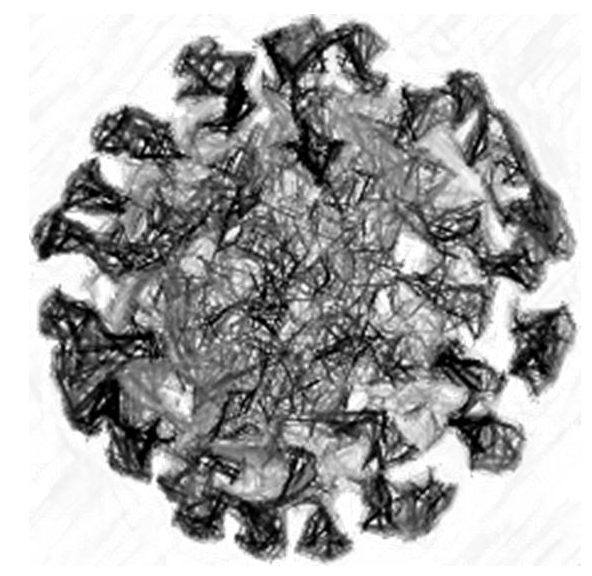
Novel Coronavirus Disease (CoViD-19) – “An Old Family with a New Disease”
Coronaviridae, one of the families of viruses which are known to cause diseases in mammals and birds ranging from the common cold to Severe Acute Respiratory Syndrome. A new species which belongs to this family emerged recently causing an outbreak of a respiratory disease in the eastern part of Asia….
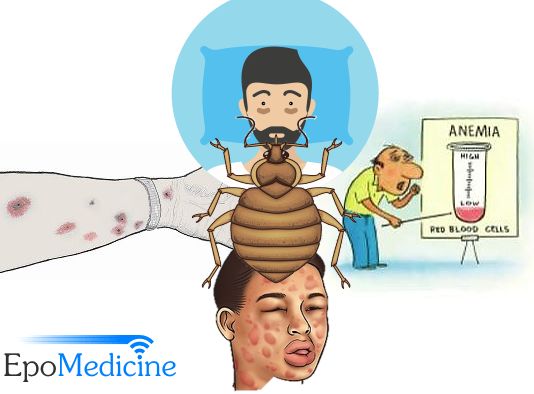
Medical Significance of Bedbugs
Two species of bedbugs bite people: the common bedbug (Cimex lenticularis) and the tropical bedbug (Cimex hemipterous). These bugs are called udus (उडुस) in Nepali and khatmal (खटमल) in Hindi language. The adult bedbug is the approximate size, shape, and color of an apple seed. They are more commonly associated…
